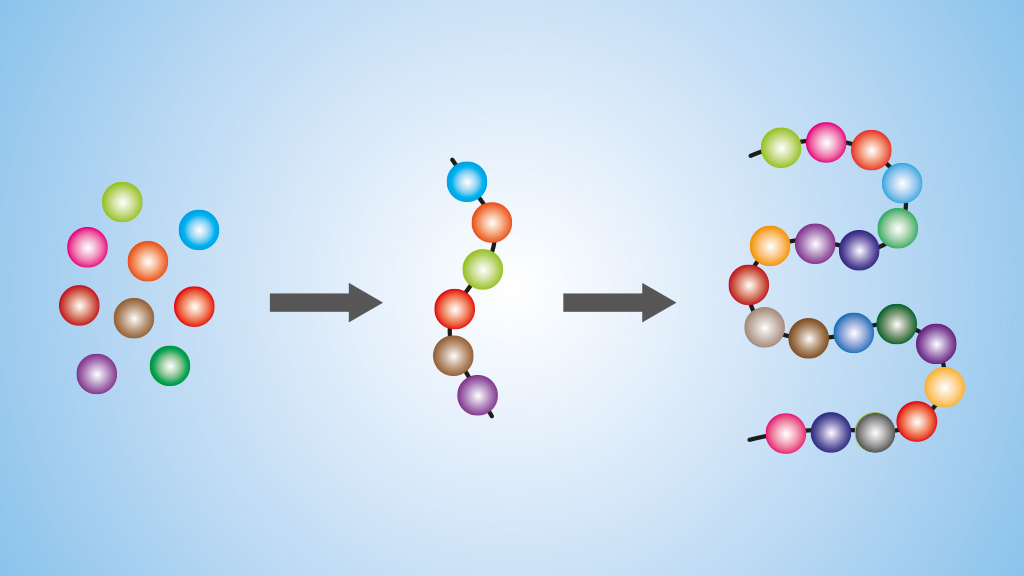Food Allergies Unit
How Do Cells Know Which Amino Acids Go Together to Make Certain Proteins?

Sensemaking Checklist




Lesson Snapshot
High school students, as scientists, investigate how new proteins are created using pieces of the proteins they ate to answer the following driving question: How do cells know which amino acids go together to make certain proteins? Students will figure out how genes are composed of a sequence of DNA that is then transcribed to RNA, which determines the sequence of amino acids that fold to create a protein with a specific structure. They will look specifically at the gene that codes for the enzyme lactase to trace the production and use of lactase in the digestive tract to figure out if the structure of lactase is important for its function.
This is Lesson 4 of the Food Allergies Unit.
Click the Download PDF button above for the complete Lesson Plan.
Materials
Student Materials
Per Student
- Transcript for Lactose intolerance - causes, symptoms, diagnosis, treatment & pathology video clip
- Transcription and translation practice sheet
- DNA to Protein and Protein Folding Investigations Activity Sheet
- DNA to Protein simulation
- Amino Acids Chart (grouped by hydrophobic and hydrophilic)
- Codon Wheel and Chart
- Protein Folding Simulation
- Zooming in on the Lactase Gene
- Instructions for paper version of the Lactase Structure Investigation(paper and pencil version) or Lactase Structure Investigation Slides
- Protein Synthesis Overview Infographic
Per Student Pair
- A computer to work with the simulation and modeling investigations
Teacher Materials
- Several pieces of chart paper and chart markers or another space to record student ideas publicly


